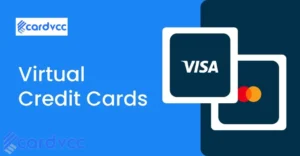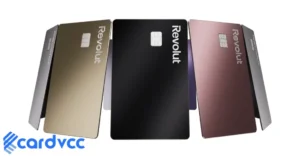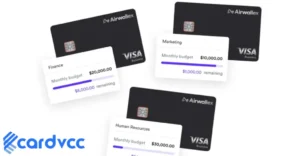Pending charges on a credit card are transactions that have been authorized but not yet posted to your account. These charges temporarily reduce your available credit.
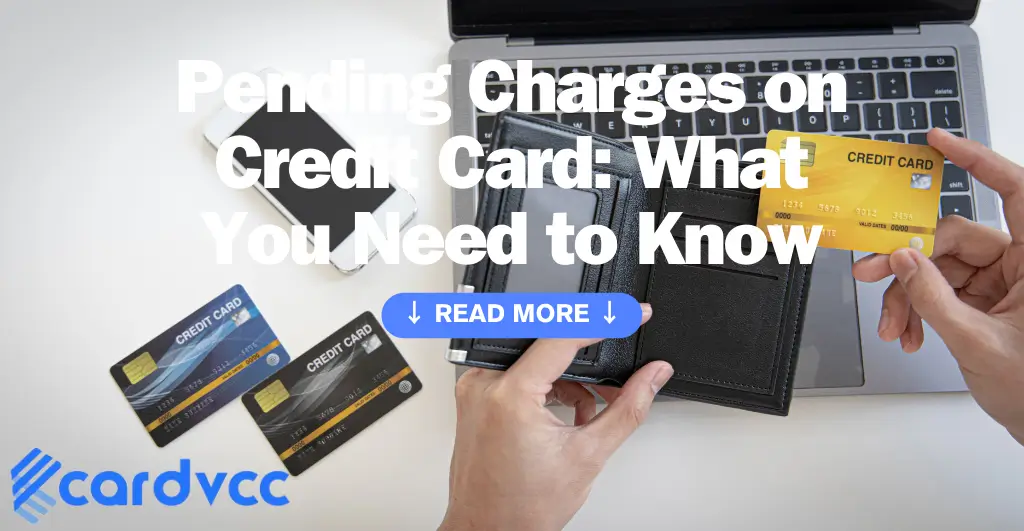
Pending charges can confuse many credit card users. Understanding these transactions is crucial for managing your finances effectively. Pending charges are the initial steps in the payment process. They occur when a merchant places a hold on your account to ensure funds are available.
This hold will later convert to a posted transaction, usually within a few days. Monitoring these charges helps prevent overspending and avoids potential overdraft fees. Regularly checking your credit card account online or via mobile app can keep you informed about pending transactions. This practice helps you maintain control over your spending and avoid surprises.
Introduction To Pending Charges
Have you ever seen a pending charge on your credit card? These charges can be confusing. Let’s learn what they are and why they happen. Understanding pending charges is important for managing your finances.
Definition
Pending charges are temporary holds on your credit card. They reduce your available credit. They are not final charges. The amount can change before the transaction is complete.
Pending charges are like placeholders. They tell you that money might be taken from your account. Once the transaction is finalized, the charge moves from pending to post.
Common Causes
Several things can cause pending charges. Here are a few common reasons:
- Online purchases: Stores often place a hold when you buy something online.
- Hotel reservations: Hotels may place a hold for incidentals during your stay.
- Car rentals: Rental companies place holds for the rental period.
- Gas stations: Gas stations might place holds when you pay at the pump.
These holds ensure that you have enough credit. Once the final amount is known, the pending charge is updated. This can take a few days.
How Pending Charges Work
Understanding pending charges on your credit card is crucial. These charges are not final and can change. Let’s dive into how they work.
Authorization Process
Pending charges start with the authorization process. When you make a purchase, the merchant requests an authorization. This checks if your card has enough credit.
The bank then places a temporary hold on the requested amount. This hold shows as a pending charge on your account. The charge remains pending until the merchant finalizes it.
Temporary Holds
Temporary holds are common in various transactions. Hotels and car rentals often place higher holds. These holds ensure you have enough credit for the full amount.
Once the transaction is finalized, the hold is lifted. The final charge then appears on your statement.
| Transaction Type | Typical Hold Duration |
|---|---|
| Retail Purchase | 1-3 days |
| Hotel Booking | Up to 7 days |
| Car Rental | Up to 14 days |
Sometimes, holds can last longer. Contact your bank if a hold seems excessive.
- Ensure you have enough credit for holds.
- Monitor your credit card statements regularly.
- Contact your bank for any discrepancies.
Impact On Available Credit
Pending charges on a credit card can significantly affect your available credit. These charges temporarily reduce the credit you can use. Understanding this impact helps you manage your finances better. Let’s explore how pending charges affect credit utilization and temporary limits.
Credit Utilization
Credit utilization refers to the percentage of your available credit you’re using. Pending charges count towards this calculation. For instance, if you have a $1,000 credit limit and $200 in pending charges, your available credit is $800. This means your credit utilization rate is 20%. Maintaining a low credit utilization rate is crucial for a good credit score.
Here’s a simple table to illustrate:
| Credit Limit | Pending Charges | Available Credit | Utilization Rate |
|---|---|---|---|
| $1,000 | $200 | $800 | 20% |
| $1,000 | $500 | $500 | 50% |
| $1,000 | $700 | $300 | 70% |
Temporary Limits
Pending charges also create temporary limits on your credit card. These are limits until the charge is finalized or dropped. During this period, your available credit is less. This can affect your ability to make other purchases. Always keep an eye on your pending charges to avoid exceeding your limit.
Here are some tips to manage temporary limits:
- Regularly check your pending charges.
- Keep a buffer in your credit limit.
- Plan your purchases accordingly.
By understanding these impacts, you can better manage your credit card usage. This ensures you maintain a healthy credit score and avoid financial pitfalls.
Timeline For Pending Charges
Understanding the timeline for pending charges on your credit card is important. This knowledge can help you manage your finances better. Pending charges can affect your available credit. They reflect transactions that haven’t been fully processed.
Duration
Pending charges usually last for a few days. Typically, they clear within 3 to 5 business days. Some charges may clear faster, while others take longer.
Here’s a quick overview:
| Type of Transaction | Typical Duration |
|---|---|
| In-Store Purchases | 1-3 days |
| Online Purchases | 3-5 days |
| Hotel Reservations | 7-10 days |
Factors Influencing Time
Several factors influence the duration of pending charges. These factors can speed up or delay the process.
- Merchant Processing Time: Different merchants process payments at different speeds.
- Transaction Type: Online transactions often take longer to clear.
- Bank Policies: Each bank has its processing times.
- Weekends and Holidays: These can delay the clearing process.
To summarize, the timeline for pending charges depends on various factors. Keep an eye on your credit card statement. This helps you stay aware of your available credit.
Disputing Pending Charges
Disputing pending charges on your credit card can be stressful. Knowing the right steps can ease this process. You must act quickly to protect your finances. Below, we cover when and how to dispute these charges effectively.
When To Dispute
You should dispute pending charges if:
- You see unfamiliar transactions.
- The amount is incorrect.
- You canceled a service but were still charged.
- Duplicate charges appear.
Steps To Take
Follow these steps to dispute pending charges:
- Review your statement: Check your recent transactions for errors.
- Contact the merchant: Call or email them to resolve the issue.
- Notify your bank: Inform your credit card issuer about the dispute.
- Submit a dispute form: Fill out the bank’s dispute form if needed.
- Keep records: Save all communications and documents related to the dispute.
Here is a table summarizing the steps:
| Step | Action |
|---|---|
| 1 | Review your statement |
| 2 | Contact the merchant |
| 3 | Notify your bank |
| 4 | Submit a dispute form |
| 5 | Keep records |
Act quickly to dispute any pending charges. This can prevent further issues. Your credit card issuer can help protect your account.
Preventing Unwanted Charges
Keeping your credit card safe means preventing unwanted charges. Being proactive helps you avoid surprise expenses. Here are some practical steps to ensure your account stays secure.
Monitoring Accounts
Regularly check your credit card statements. This helps you spot unusual transactions quickly. Make it a habit to review your account online weekly. Look out for small, unfamiliar charges. Scammers often test cards with tiny amounts first. Catching these early prevents bigger losses.
| Action | Frequency |
|---|---|
| Review Statements | Weekly |
| Check Small Charges | Daily |
Setting Alerts
Use your bank’s alert system. Set alerts for various activities on your card. This can include:
- Large purchases
- International transactions
- Online purchases
These alerts notify you immediately of suspicious activity. You can take action fast if something looks wrong. Customizing alerts ensures you stay informed about your account’s status.
- Log in to your bank’s app.
- Go to the alerts section.
- Set up notifications for key activities.
Preventing unwanted charges saves you from financial stress. Stay vigilant and use these tips to keep your credit card secure.
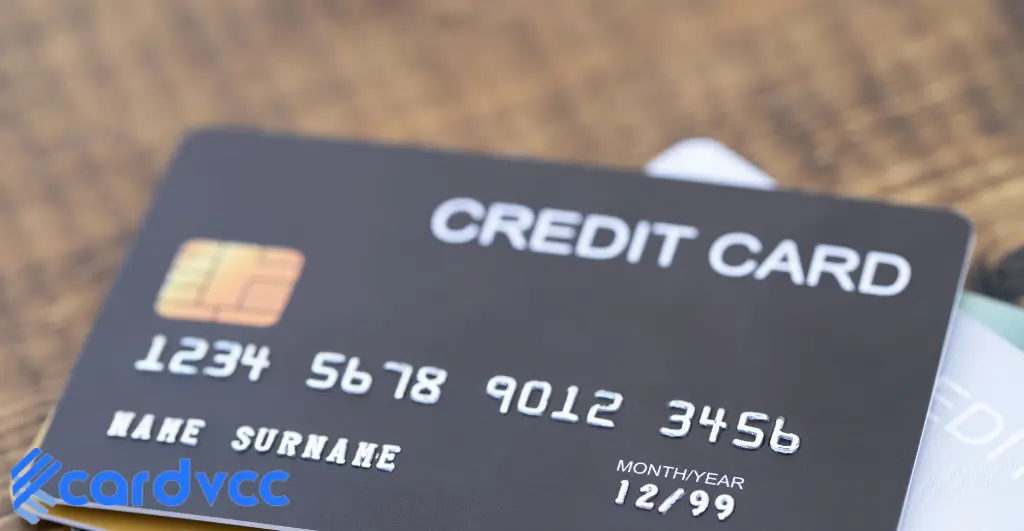
How Virtual Credit Cards Contribute to Scam Mitigation
Scams are increasing day by day. This makes online purchases risky. But, virtual credit cards are here to help. They offer a safer way to shop online. This article explains how virtual credit cards can stop scams.
What Are Virtual Credit Cards?
Virtual credit cards are like regular credit cards. But, they exist only online. You cannot touch them. They have a unique card number. This number is different from your real credit card number. You use this unique number for online shopping.
How Do Virtual Credit Cards Work?
Virtual credit cards work simply. Here is how they work:
- You log in to your bank or card provider’s website.
- You create a virtual credit card.
- The provider gives you a unique card number.
- You use this number to shop online.
This process is quick and easy. It only takes a few minutes.
Positives of Virtual Payment Channels
Virtual payment channels have many benefits. Let’s look at some of these benefits:
| Benefit | Explanation |
|---|---|
| Safety | Virtual cards keep your real card information safe. Scammers cannot access your real card number. |
| Control | You can set spending limits on virtual cards. This helps you control your spending. |
| Easy Cancellation | You can cancel a virtual card anytime. This stops any unauthorized use. |
| Temporary Use | Virtual cards can be used for one-time purchases. They expire after use. This prevents future scams. |
How Virtual Credit Cards Prevent Scams
Virtual credit cards have special features. These features help prevent scams. Here are some ways they protect you:
Unique Card Numbers
Each virtual card has a unique number. This number is different from your real card number. If a scammer gets this number, they cannot use your real card.
Limited Use
Virtual cards can be used for a short time. They can also be used for one purchase only. After this, they expire. This limits the chances of scams.
Spending Limits
You can set spending limits on virtual cards. This helps control how much money can be spent. If a scammer gets your virtual card, they cannot spend more than the limit.
Easy Cancellation
You can cancel a virtual card anytime. This stops any unauthorized use. If you suspect a scam, you can cancel the card quickly.
Join Cardvcc & Instantly Create Virtual Credit Cards
Cardvcc is a great service for creating virtual credit cards. It is easy to use. Here is how you can join Cardvcc and create virtual credit cards:
- Visit the Cardvcc website at cardvcc.com.
- Sign up for an account.
- Log in to your account.
- Create a virtual credit card.
- Start shopping online safely.
Cardvcc offers many benefits. They provide instant virtual credit cards. They also offer great customer support. This makes your online shopping experience safe and easy.
Virtual credit cards are a great tool for scam mitigation. They offer safety, control, and easy cancellation. Virtual payment channels have many benefits. Cardvcc is a reliable service for creating virtual credit cards. By using virtual credit cards, you can shop online safely. Protect your money and enjoy a worry-free shopping experience.
Pending Charges Vs. Posted Transactions
Understanding the difference between pending charges and posted transactions on your credit card can save you from confusion. These terms affect how you view your spending and manage your finances.
Key Differences
Pending charges are transactions that have not been fully processed by the merchant. They appear on your account immediately but are not yet finalized. On the other hand, posted transactions are completed transactions. These have been fully processed and deducted from your available credit.
Pending charges may appear for a few days. They can change before becoming posted transactions. Posted transactions are fixed and reflect the final amount paid.
| Pending Charges | Posted Transactions |
|---|---|
| Temporary and can change | Final and unchangeable |
| Appear immediately | Appear after full processing |
| Impact available credit | Impact balance and statements |
Impact On Statements
Pending charges do not show up on your monthly statements. They only affect your available credit. Once they become posted transactions, they appear on your statement. This impacts your monthly balance and payment due.
Pay attention to both pending and posted transactions. This helps you manage your budget effectively.
Always check your statements for accuracy. Report any discrepancies immediately to your credit card issuer. This ensures your account remains secure and up-to-date.
Effects On Credit Score
Pending charges on your credit card can impact your credit score. Understanding these effects is crucial for maintaining a healthy credit profile. Let’s explore the short-term effects and long-term impact of pending charges on your credit score.
Short-term Effects
Pending charges appear on your account but are not yet finalized. These charges temporarily reduce your available credit. This can increase your credit utilization ratio.
For example, if you have a $1,000 limit and $500 in pending charges, your available credit is $500. A high credit utilization ratio can lower your credit score. This is because credit utilization makes up 30% of your FICO score.
Key Points:
- Pending charges reduce available credit.
- High credit utilization can lower your score.
- The utilization ratio impacts 30% of your FICO score.
Long-term Impact
If pending charges become regular, long-term effects can arise. Consistently high credit utilization can signal risk to lenders. This can lead to higher interest rates or loan rejections.
Over time, managing pending charges effectively can build trust with lenders. Keeping utilization below 30% is recommended. Paying off pending charges promptly shows responsible behavior.
Strategies for Long-Term Management:
- Monitor your pending charges regularly.
- Pay off charges before the billing cycle ends.
- Keep your credit utilization below 30%.
Summary Table:
| Effect | Action | Impact |
|---|---|---|
| Short-Term | Monitor pending charges | Temporary credit reduction |
| Long-Term | Maintain low utilization | Improved credit score |
Tips For Managing Pending Charges
Managing pending charges on your credit card can be challenging. These charges can sometimes confuse or even lead to overspending. Below, we provide tips to help you manage these pending charges effectively.
Best Practices
Follow these best practices to keep your pending charges under control:
- Monitor your account daily: Regular checks help you stay updated.
- Keep track of your spending: Use a budgeting app to record purchases.
- Contact your bank: If you see unfamiliar charges, report them immediately.
- Set up alerts: Enable notifications for every transaction.
Tools And Resources
Utilize these tools and resources to manage pending charges efficiently:
- Banking Apps: Most banks offer apps that show pending transactions.
- Budgeting Software: Tools like Mint can help track expenses.
- Spending Alerts: Set up alerts through your bank’s website.
- Customer Service: Contact your bank’s customer service for assistance.
Additional Tips
Consider these additional tips for better management:
- Understand pending charges: Know that they may not reflect final amounts.
- Review statements: Always compare pending charges with your monthly statements.
- Be cautious: Avoid making large purchases if you have pending charges.
- Check for duplicates: Ensure pending charges are not duplicated.
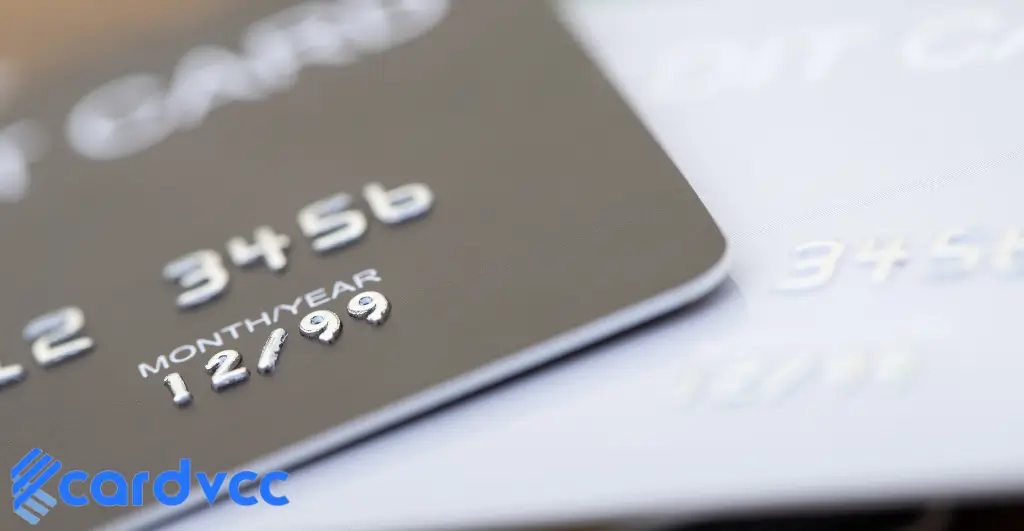
Frequently Asked Questions
Does Pending Transaction Mean It Went Through?
A pending transaction means it’s not completed yet. Funds are temporarily held but not fully processed.
How Long Does A Pending Charge Stay On Credit Card?
Pending charges typically stay on a credit card for 1-5 days. They can last longer, depending on the merchant.
What Are Pending Transactions On A Credit Card?
Pending transactions on a credit card are purchases not yet fully processed. They temporarily reduce your available credit.
Can Pending Credit Card Charges Be Dropped?
Yes, pending credit card charges can be dropped. Contact your card issuer to dispute the charges.
Conclusion
Understanding pending charges on your credit card is crucial. It helps manage finances and avoid unnecessary fees. Always monitor your statements closely. Contact your bank if there are any discrepancies. Staying informed ensures you maintain a healthy financial status. Keep track of your spending to avoid surprises.
Read More- 5 Best Virtual Credit Card for OnlyFans

